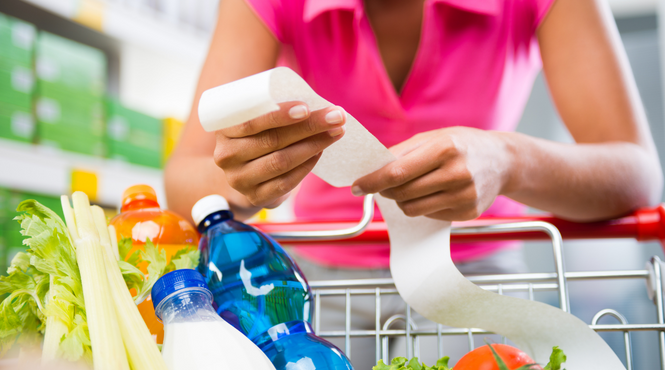Making the Most of Food and Beverage Marketing During a Financial Downturn
When facing a financial downturn, many CPG companies start looking for ways to cut their budgets. Often, the first thing to go is food and beverage marketing. Too many companies believe they can survive the difficult times with their current customer base. But unfortunately, it’s indisputable that sales will most certainly decline without marketing to new customers.
When saving money becomes an absolute necessity, you can still make powerful marketing moves for your food and beverage brand if you’re ready to make some changes to your strategy.
Know Where the Money Goes
During a financial downturn, restaurant spending goes down. During the Great Recession, spending on food consumed away from home dropped 18%, or nearly $47 billion. Even when not facing a recession as severe as in 2007 and 2008, we can still expect to see a decrease in restaurant sales.
Conversely, grocery spending remained nearly the same during the Great Recession. The reason is simple: consumers typically tend to cook their own food at home when facing an economic downturn. We expect this to remain the case in the coming months.
Your consumers are still out there but more likely ready to buy those food and beverage brands that can be consumed at home. For example, in 2010 at-home breakfast items became more relevant as consumers avoided more expensive away-from-home options. The focus was on buying fewer prepared meals, and more cooking from scratch. So, continue those marketing activities that will keep your brand top of mind when your customers are visiting the grocery store.
Understanding Your Buyers’ Behavior
Buyer behavior changes during recessions. It’s not that they stop buying (after all, consumers still need to eat), but they often change what they’re buying and when.
During financial downturns, shoppers may prefer to buy in bulk at the beginning of the month or after paychecks arrive. If you’ve previously offered smaller packaging with smaller servings, consider offering bulk packages to increase sales. Discount offers and coupons can also keep shoppers focused on your brand.
And while comfort foods and beverages may seem like they’d be the first to go in a household strapped for cash, these sales actually increase during times of difficulty. For example, in 2008, alcohol sales rose by 17%, and chocolate and candy by more than 12%. The same phenomenon occurred during COVID lockdowns, with increased purchases of pizza, burgers, ice cream, French fries, potato chips, cookies, and the comfort food king, macaroni and cheese.
Know Your Competitors
Staples that are used daily, like cereal, milk, eggs, baby formula, bread, and cheese are a necessity. Brands selling goods within these categories may find greater competition, particularly from private labels and those competitors who offer discount options.
Brand loyalty can go a long way when competing against discount food items, but in harder times, if they see a better deal, they’re likely to take it.
Increasing messaging on value and quality is a solid strategy for convincing buyers to stick with your brand. During the pandemic, health and wellness became an essential choice in many consumers’ lives. That choice has continued in the way many shop. As a result, better quality foods and beverages will often win out over cheaper options, even when shoppers feel the financial pinch.
Please reach out if you’d like to build a better food and beverage marketing strategy to face future economic downturns.

